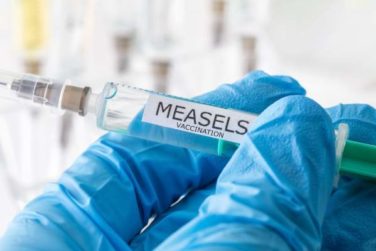FROM BMJ OPEN DIABETES RESEARCH AND CARE
Primary care providers’ beliefs about diabetic treatment and glycated hemoglobin goals have a relatively small impact on patients achieving their diabetes treatment goals, researchers said.
A study linking the survey responses from 149 primary care providers to the health records of their 18,346 patients with diabetes showed that only two survey responses bore any significant relationship to patients’ glycemic control.
The 21% of responders who agreed with the statement that “current research did not support HbA1c levels below 7%” were 13% less likely to have patients with HbA1c levels below 7%, compared with responders who were neutral about that statement (odds ratio, 0.87; 95% confidence interval, 0.78-0.97; P = .02), according to Dr. Erin S. LeBlanc of the Kaiser Permanente Center for Health Research in Portland, Ore., and her coauthors.
Similarly, the 21% of providers who disagreed with the statement that “some patients will have an HbA1c greater than 9% no matter what I do” were 16% more likely to have patients achieving an HbA1cbelow 7% (OR, 1.16; 95%CI 1.03-1.30; P= .01) than those providers who were neutral about the statement.
“To the best of our knowledge, no previous research has linked what clinicians identify as patient and care setting barriers to the documented glycemic control of their patients,” they wrote (BMJ Open Diab. Res. Care 2015 Feb. 24).
The survey highlighted psychosocial issues, resistance to lifestyle change, and noncompliance as the most common patient-related barriers to achieving optimal control.
On the question of what factors might delay pharmacologic intensification, providers singled out patients’ resistance to lifestyle change and noncompliance as two factors that came into play at least 25% of the time, while unwillingness to consider insulin and psychosocial issues also played a key role.
Side effects, cost, cultural issues, and a lack of established patient-provider relationship played relatively minor roles in influencing pharmacologic intensification.
“These data suggest that patient and system barriers play a larger role than clinician beliefs and behaviors in prolonged poor control and delayed treatment intensification,” Dr. LeBlanc and her associates wrote.
“HbA1clevels were consistent across patients despite differences in their providers’ treatment behaviors, HbA1c goals, and diabetic treatment opinions,” they said.
The survey also revealed that 80% of primary care providers gave patients who were above their glycemic goals 3-6 months to work on lifestyle changes before resorting to pharmacologic therapy, while a similar percentage agreed that older patients needed less-stringent glycemic goals.
The majority also agreed that weight loss was a key component of diabetes care, but only 40% agreed that the impact of a diabetes medication on weight influenced their therapy decisions.
“Taken together, it seems that intervention to reduce barriers to glycemic control directed at providers would not produce much benefit, and that addressing these barriers may be most fruitful at the health system level,” the authors suggested.
The authors acknowledged that the survey was limited by a lack of variation in provider attitudes – possibly the result of conducting it within a single organization – as well as being of an insured population restricted to a range of treatments that did not include newer medications.
“This could affect the relative importance of cost issues in prescribing and intensification practices, and may also constrain our ability to assess the value of more therapeutic options,” they wrote.
The study was funded by AstraZeneca and Bristol-Myers Squibb. Two authors declared additional research funding from other pharmaceutical companies, while two authors were employees of Bristol-Myers Squibb.
cenews@frontlinemedcom.com




